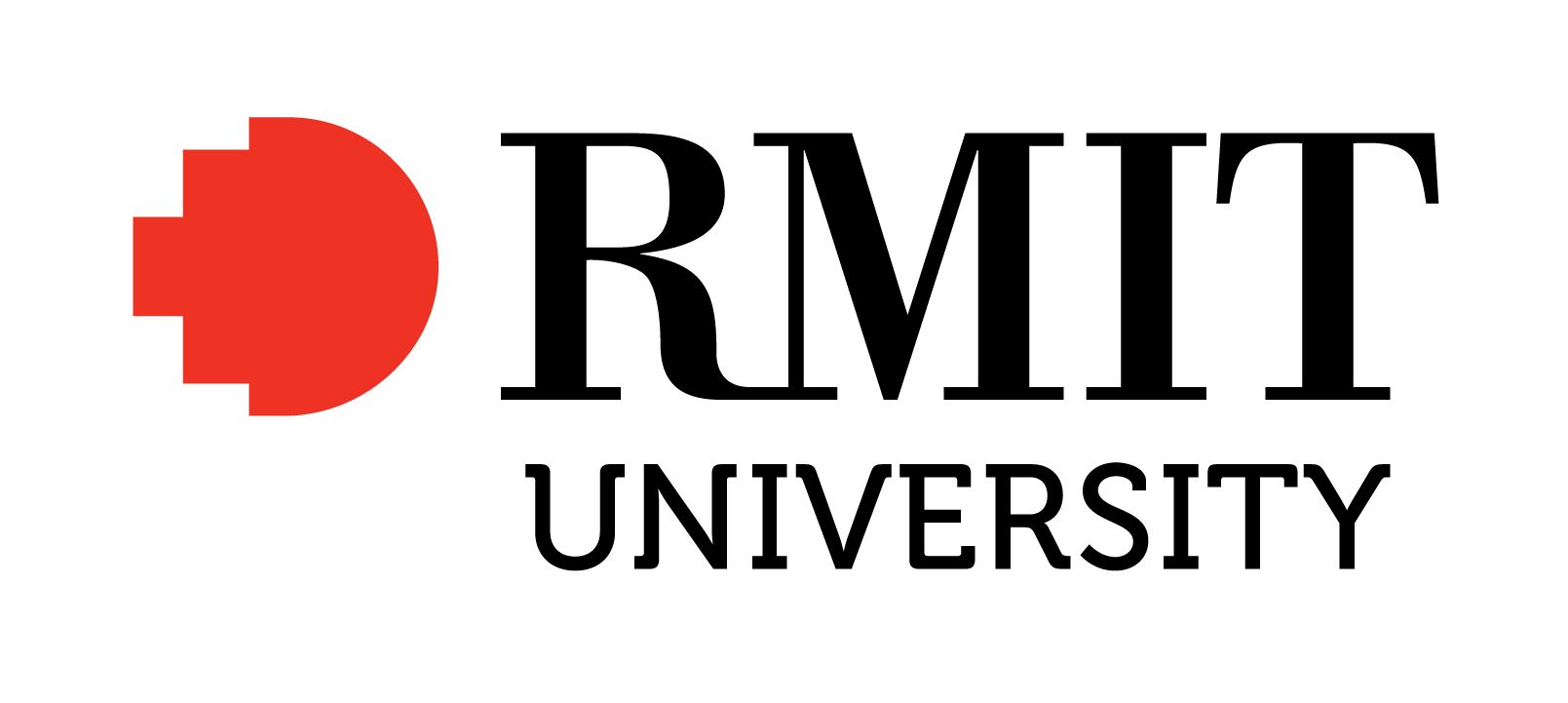Full description
RESEARCH BACKGROUND: The project is a 3d printed model of a lacework enclosure, designed by digitally-simulating models of natural growth that exhibit increasing intricacy and variation in scale over time. It anticipates a reconciliation of the dialectic between digital design methods (digital fabric) and computer aided manufacturing (digital fabrication) by exploring a holistic architectural language whereby structure, enclosed space, ornament and physical material are as inseparable as individual threads in a piece of fabric. This language has been conceptualized by referencing the inception of the first computer algorithm (Ada Lovelace), textile art as the origins of architectural decoration (Gottfried Semper) and the marriage of computing and textiles for fabrication (Jacquard Loom) within our contemporary context. RESEARCH CONTRIBUTION: The project challenges conventional notions of lace making through the application of contemporary rapid prototyping techniques. The combination of laser-sintered manufacturing with digital design processes capable of simulating the intricacy of traditional lacework patterns was innovative and unique amongst the exhibition and provides a formal grammar capable of responding to design concerns that operate across multiple disciplines (fashion, textiles, art and architecture). RESEARCH SIGNIFICANCE: The project was one of 134 pieces selected for exhibition from over 700 entries by a cross-disciplinary jury consisting of internationally recognized architects, fashion designers, artists and the museum's curator Lindie Ward. The work was subsequently procured by the Sydney Powerhouse Museum as part of their permanent collection and has been on public display for over two years. The exhibition has received extensive media coverage, including John McDonald's 'Laced with irony' essay (Sydney Morning Herald, 25 Feb 2012) and a segment on ABC TV arts in July 2011.Issued: 2011-01-01
Created: 2024-10-30
Subjects
User Contributed Tags
Login to tag this record with meaningful keywords to make it easier to discover
Identifiers
- DOI : 10.25439/RMT.27346401.V1



